The Mavic Air is a minor engineering marvel. The first time you set up DJI’s new drone it’s like trying to solve a puzzle box. You flip, you twist, you unfold.
The metal joysticks are safely nestled inside the flip-out arms of the controller, the landing gear safely nestled in the propeller arms. Not a millimeter is wasted, not even in the packaging. It’s the culmination of a dozen years of drone making experience — but really, it’s built directly on top of the company’s recent push to make the perfect consumer quadcopter.
More than anything, the Air feels like a refinement of the company’s first two folding drones, the Mavic Pro and Spark. It slots somewhere between its predecessors in terms of both sizing and price. But the device has the benefit of six additional months of hardware and software advancements, in some ways even besting the pricier Pro.
Like the Pro and Spark, the Air is another strong step toward a truly mainstream drone. But between the $799 starting price and some still idiosyncratic artifacts in the hardware and software design, it’s still a ways from the sort of plug and play setup the company is ultimately aiming for.
But hey, unlike our Pro and Spark reviews, this time things didn’t end too badly for either the reviewer or reviewee — so that certainly marks a positive step toward that ultimate goal.
Flight school
There are plenty of lessons one can draw from GoPro’s latest stumble. Chief among them is the fact that drones are hard. When the action-camera maker opted to go it alone on its own folding drone, it clearly didn’t know what lay ahead. Shortly after hitting the market, the Karma drone began falling from the skies. GoPro ultimately worked out the issue, but the product appears to have become something of an albatross around its neck, with the company pulling out of the space altogether late last year.
By its own accounts, on the other hand, DJI had a hit with the Mavic Pro. During its press conference it touted it as the “best selling drone of all-time” — a bit of hyperbole, perhaps, but company clearly had enough confidence in the product to make the Pro the template for its future consumer products.
Introduced in May of last year, the $399 Spark was positioned as the drone for everyone, complete with gesture-based controls and special selfie-focused flight modes. Ultimately, I think, the company did itself a bit of a disservice with videos of people enjoying the Spark as though it was as easy to use out of the box as an iPhone. It’s just not. Among other things, there’s too much uncertainty when flying a tiny quadcopter through the air, even with the latest technological advancements on-board.
DJI insisted on giving us a quick crash course (so to speak) on drone operations before taking the Air out into the real world, and honestly, I’m glad they did. I’m not really an experienced pilot — so in some ways, I’m probably the target demographic here. The training consisted of walking through setup, learning the gesture controls and taking taking it through a quick demo in the company’s (thankfully) high-ceilinged New York office.
It’s a lot to take in — and quite frankly, I wasn’t sure I was ready to take it out into the world after 10 minutes or so of flight time. But DJI sent us on our way, along with a note to reach out when, invariably, we ran into an issue — which, of course, we did.
Field testing
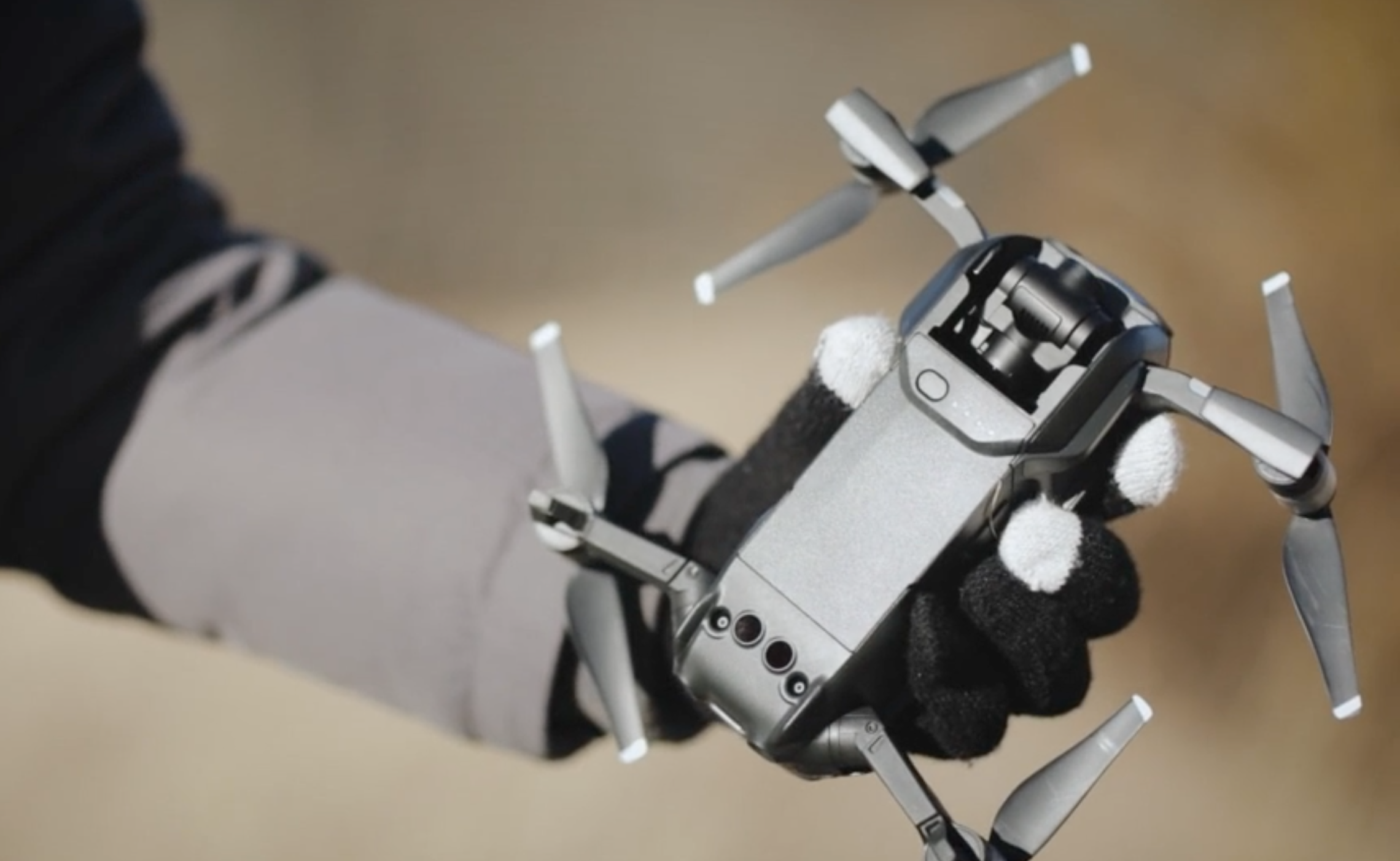
The main reason I’m not generally the person who tests out drones here at TechCrunch is one of geography. Frankly, it’s a pain in the ass trying to find a spot in New York where it’s okay to test the things out. I’m glad. Sometimes I think about a future where everyone is flying around a personal drone around Manhattan, and it begins to resemble a sort of dystopian hellscape.
On DJI’s recommendation, we found a spot about an hour and a half north of the city. We rented a car, with TechCrunch video producer Veanne behind the wheel and her dog Henri on my lap in the passenger seat. We made it through the tangled maze of cars through Queens and the Bronx, finally making it out to the Moodna Viaduct, a large, grassy space suitable for piloting small crafts.
So, a couple of things before we get started here. First: if you do end up buying the Mavic Air, I highly recommend splurging a bit and going in for the aptly named Fly More Combo. For a limited time at least, it’s an additional $200. That price includes additional propellers, a carrying case, a charging hub and, most notably, two extra batteries.
That last bit is key. That the company has managed to get around 21 minutes of flight time on a charge is impressive for a drone of this size, but that doesn’t mean it’s not incredibly frustrating every time to get down to around a quarter of a tank and the emergency alarms go off, strongly suggesting you think about landing the thing soon. With three batteries, we were still only able to spend a fraction of our travel time in flight, but it didn’t feel like a loss. Twenty-one minutes total would have been unspeakably frustrating.
Speaking of, when we did finally get to the field and unfold the drone, open the controller and slot in my iPhone, the system wouldn’t let me fly due to a “Compass Error.” It’s not what you want to see, standing in 30-degree weather and high winds after an hour and a half in the car. DJI sent the following instructions:
- Tap on the three dots in the upper-right corner of the DJI GO 4 app.
- Select the top menu item that looks like the outline of a Phantom drone; a menu should come up that has two options: IMU and Compass
- Tap Compass
- Then tap Calibrate Compass
- First, rotate the aircraft 360 degrees horizontally in the same position that it’s sitting on the ground
- Next, point the drone vertically so that the gimbal camera is facing the sky; rotate it another 360 degrees
Thankfully, it worked, and we were up and running — but it was a friendly reminder of just how many things can go wrong. Naturally, the first thing I did was land it in a tree.
Taking flight
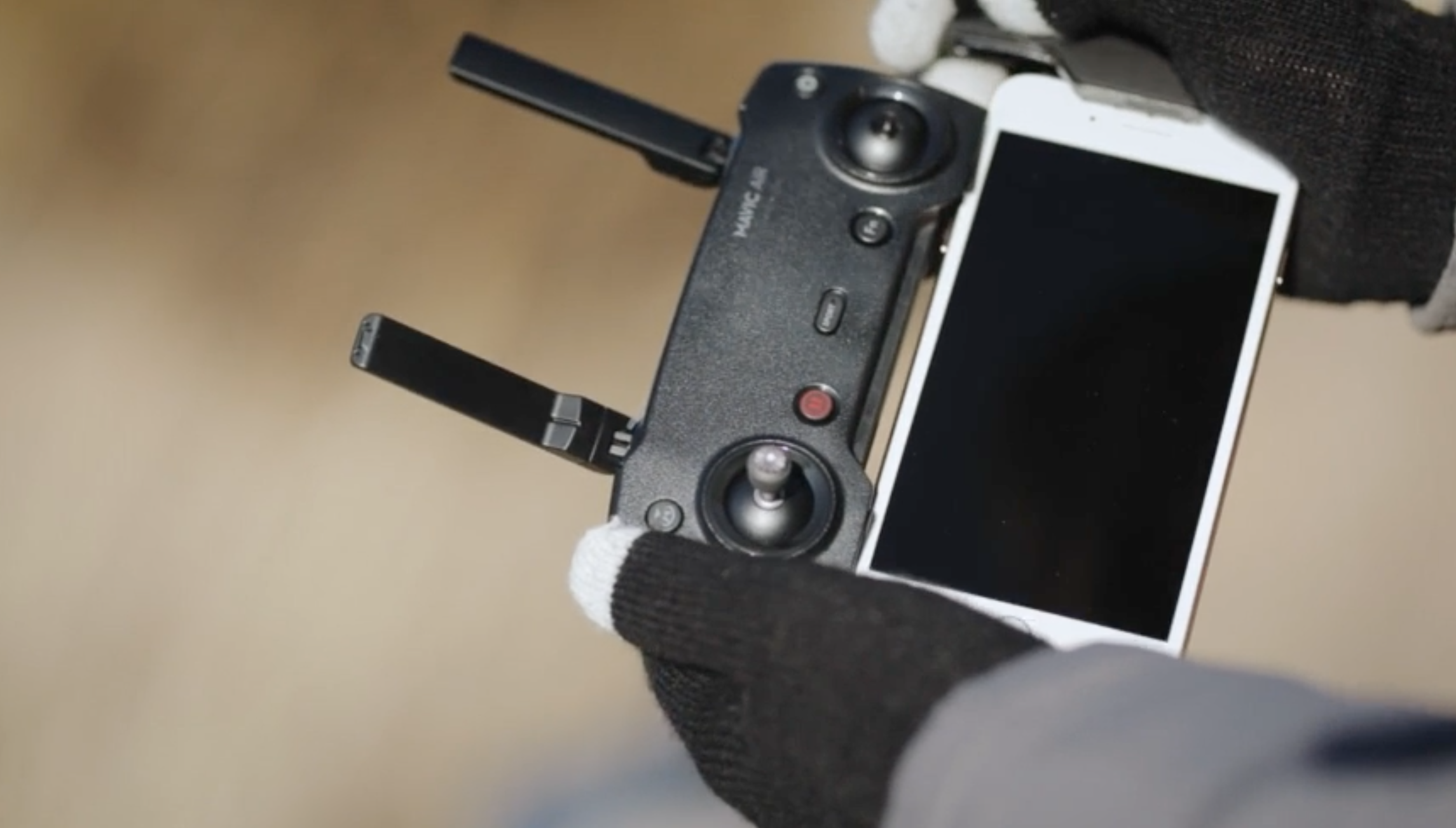
I will say this: The Mavic Air is a rugged little bugger. I conveniently skipped the bit earlier where I attempted to fly the drone in my small New York City apartment and poor lighting caused it to slowly hover toward the wall, until one of the propellers winged the side and the whole thing sputtered to the ground. My point being, the Air was able to handle two minor collisions and was no worse for wear, besides a few dings on its propellers.
Take off, like much of the controls, is performed on the mobile app, accessed by plugging an iPhone or Android handset directly into the folding remote. You tap one icon and slide another to the right — an extra precaution to avoid accidental lift-offs. The on-board system will alert you if the drone isn’t level or if there’s an obstacle in the way. I found that the system actually did pretty well essentially weedwacking tall grass out of its way as it warmed up.
The two-joystick control scheme takes a little getting used to if you don’t have much flight time under your belt — another reason you’ll want some spare batteries, particularly the first few times you take flight. You’ll also want plenty of space. Sure, the drone is pint-sized, but I highly recommend you should give yourself a fairly wide berth for maneuvering the thing as you learn the control scheme.
It also took me a bit of time to get used to the idea of navigating through the on-board camera, rather than simply using line of sight. But with a 2.5-mile maximum distance, you’re going to have to get used to it sooner or later. The drone is zippy and responsive and managed to stay aloft quite well, in spite of some fairly strong winds on a cold winter day.
Oh, and make sure to bring those spare controller sticks with you. I had one pop off the remote during testing and lost it forever in the tall grass.
Complete control
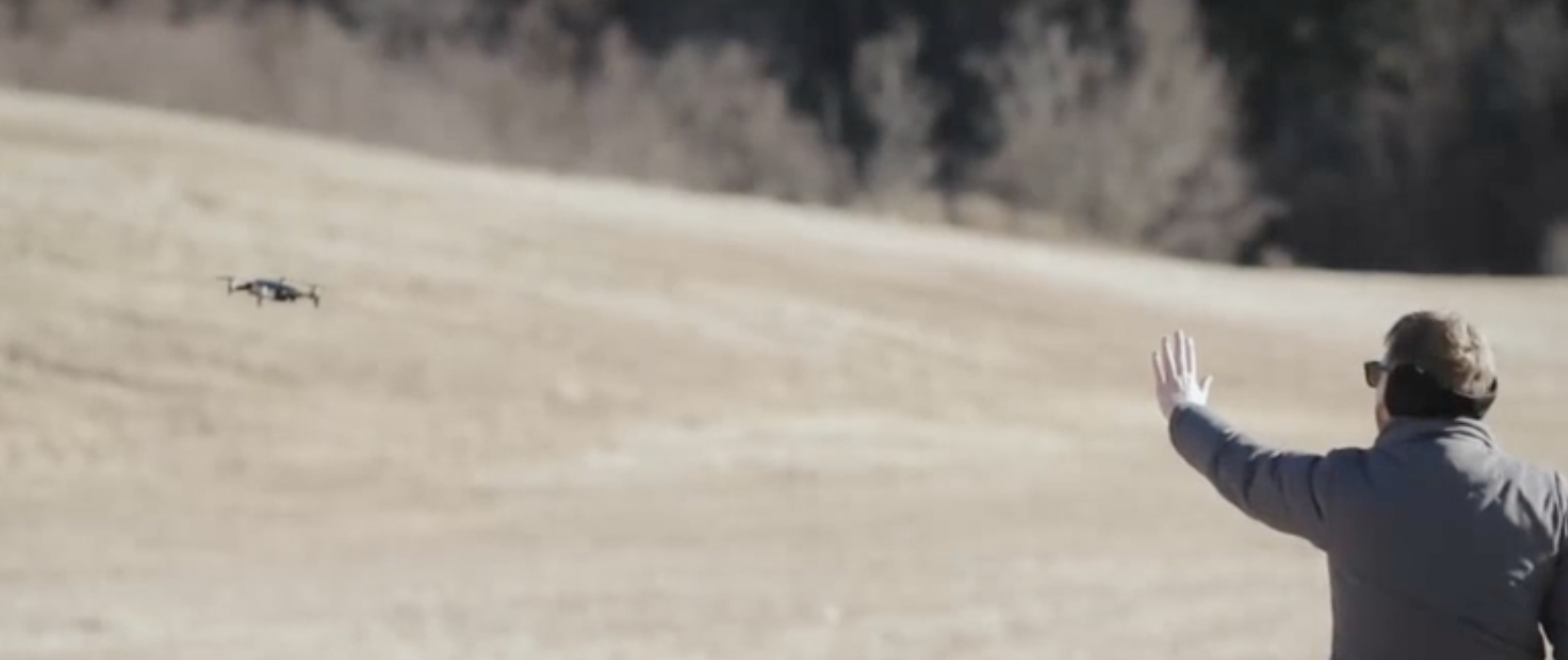
I didn’t really have much use for the gesture controls once we finally made it outside. The features make sense with the Spark, where selfies are among the key uses, but when you get outside with the drone, you really want to fly the thing around. Responsiveness has been improved since the last generation, though like the joystick it takes some getting used to.
It also takes takes a bit of moving around to get the system to recognize your face and hands. Once it does, you can move the drone around with the wave of a hand, land it and get it to take photos and videos. It’s an impressive feature, but honestly, in the majority of cases, it’s probably little more than a novelty. As these devices continue to get smaller, cheaper and more user-friendly, however, it’s easy to see how gesture controls could ultimately become a handy feature.
The Quickshot flight modes are really the most impressive piece of the whole package. There are six in all, representing the ideal cross section of usability and output. You tap one (Asteroid, Boomerang, Rocket, Circle, Dronie or Helix), draw a rectangle around the subject you’d like to be the focal point, tap it and the drone sets out on a pre-programmed path.
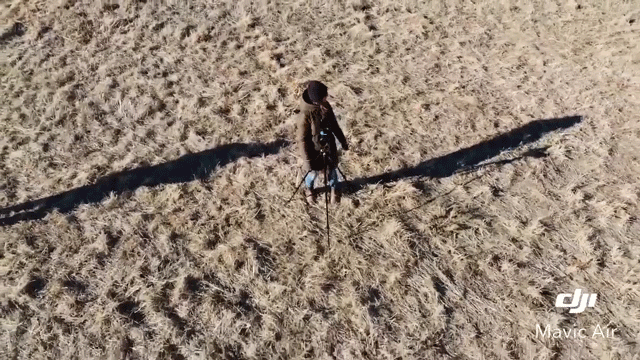
The app automatically stitches together a scene into an impressive clip, complete with music. The two new modes, Asteroid and Boomerang, are the most impressive of the lot. Boomerang creates an ovular flight path, hooting round from the subject and returning to the same spot. Asteroid, meanwhile, creates a large spherical shot, mimicking the Earth as it shoots high up into the air.
There are a bunch of other notable new features on board as well, including slow motion video shots, pulled from 1080p video at 120 FPS and HDR shots for uneven lighting. There are old favorites on board as well, including ActiveTrack, which does a pretty solid job following moving subjects once you’ve locked them in. That was one of the big notable omissions from GoPro’s Karma — a pretty important feature for an action drone.
The app is pretty user-friendly after playing around with it for a few minutes and does a solid job outputting sharable videos. You also can just pull the raw MP4s from the 8GB of on-board memory or microSD.
The Air up there
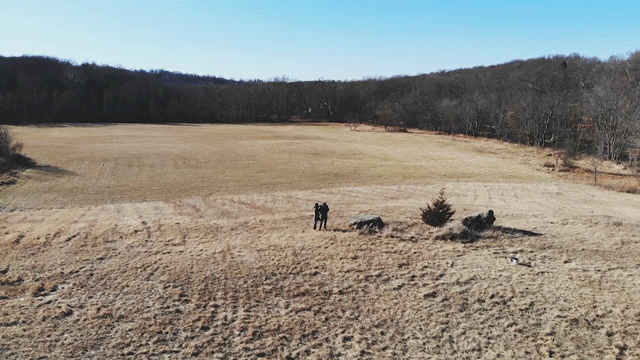
Don’t let the ads fool you — these drones aren’t as user-friendly as a smartphone. And they’re certainly not idiot proof — take it from this idiot who landed the Air in a tree pretty much straight out of the box. Still, the latest DJI drone is an impressive combination of hardware and software in the company’s most accessible to date.
The Air is about as close as the market has to offer to a true entry-level drone that’s capable of capturing excellent video. It’s a worthy little gadget for photographers and videographers looking to add another tool to their arsenal.
It’s also a fun little gadget, once you get the hang of the navigation system — but at $799 (or, really, $999, let’s be honest), it’s still a pretty pricey tech toy.
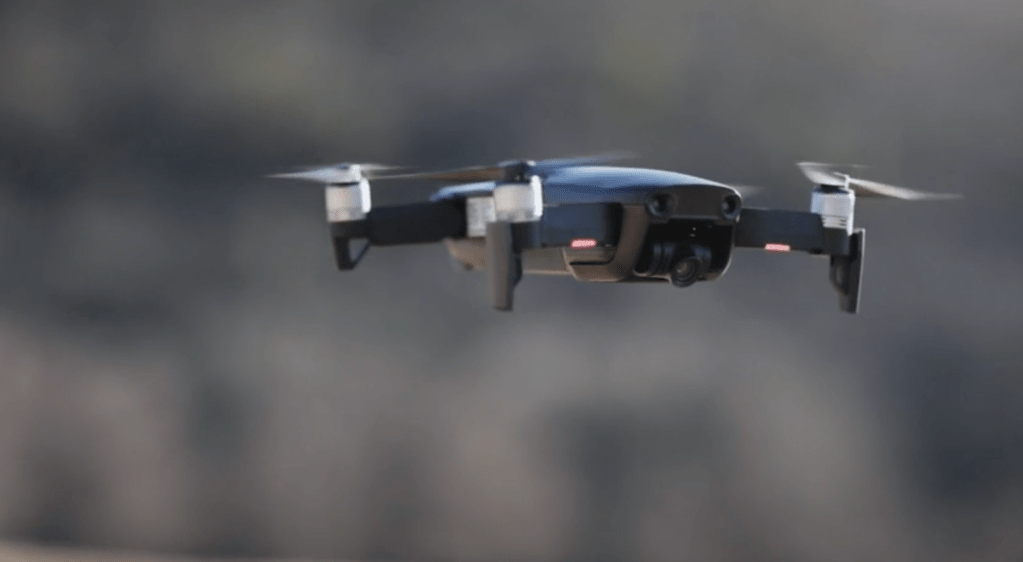






























Comment